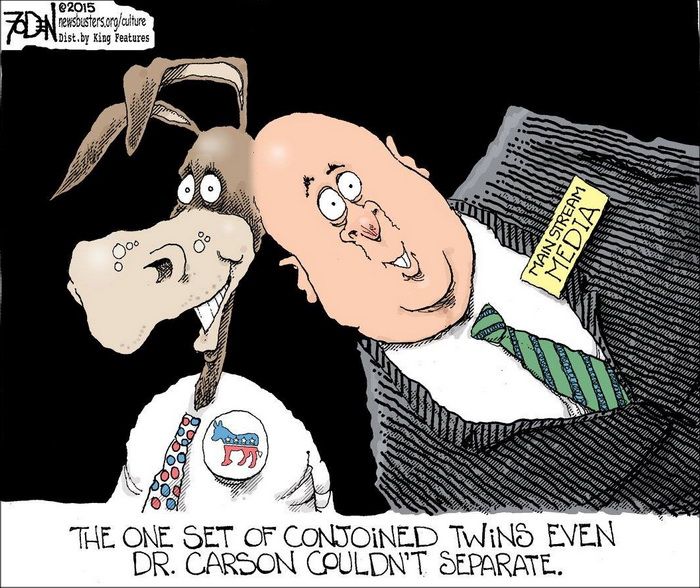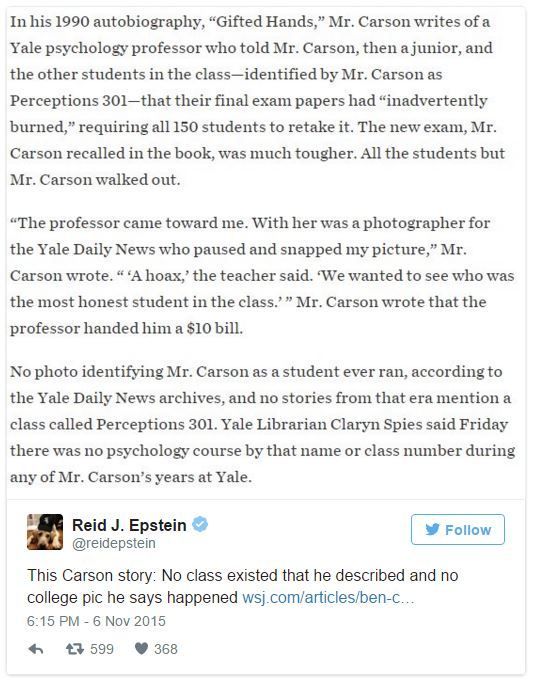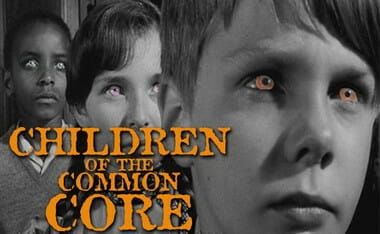AIDS is largely confined to the drug culture and the homosexual. Since this is the way it is most easily passed on to others. Most heterosexual cases can be tied back to some infection passed through this community.
Which is why I have to sit in amazing disgust about the “barebacking” and “bug chasers” are a sad phenomenon and puzzle to us — gay or straight — whom take a common sense approach to life.
That second article says: “The number of gay men looking to become positive seems to be growing. In fact, the Centers for Disease Control (The CDC) reports a new surge in the incidence of HIV among gay males, in part due to this unthinkable practice. But what can drive such a desire? Why would a life with HIV be desirable to some?”
Something I have pointed out Tammy Bruce says in her book The Death of Right and Wrong: Exposing the Left’s Assault on Our Culture and Values. A great read by the way. You get to see why a conservative gay person is so concerned about our culture and maybe how morally equating all choices and actions hurts it rather than helps it:
….What a difference treatment makes! As researchers succeeded in developing ever more effective drugs, AIDS became—like gonorrhea, syphilis, and hepatitis B before it—what many if consider to be a simple “chronic disease.” And many of the gay men who had heeded the initial warning went right back to having promiscuous unprotected sex here is now even a movement—the “bareback” movement—that encourages sex without condoms. The infamous bathhouses are opening up again; drug use, sex parties, and hundreds of sex partners a year are all once again a feature of the “gay lifestyle.” In fact, “sexual liberation” has simply become a code phrase for the abandonment of personal responsibility, respect, and integrity.
In his column for Salon.com, David Horowitz discussed gay radicals like the writer Edmund White. During the 1960s and beyond, White addressed audiences in the New York gay community on the subject of sexual liberation. He told one such audience that “gay men should wear their sexually transmitted diseases like red badges of courage in a war against a sex-negative society.” And did they ever. Then, getting gonorrhea was the so-called courageous act. Today, the stakes are much higher. That red badge is now one of AIDS suffering and death, and not just for gay men themselves. In their effort to transform society, the perpetrators are taking women and children and straight men with them.
Even Camille Paglia, a woman whom I do not often praise, astutely commented some years ago, “Everyone who preached free love in the Sixties is responsible for AIDS. This idea that it was somehow an accident, a microbe that sort of fell from heaven—absurd. We must face what we did.”
The moral vacuum did rear its ugly head during the 1960s with the blurring of the lines of right and wrong (remember “situational ethics”?), the sexual revolution, and the consequent emergence of the feminist and gay civil-rights movements. It’s not the original ideas of these movements, mind you, that caused and have perpetuated the problems we’re discussing. It was and remains the few in power who project their destructive sense of themselves onto the innocent landscape, all the while influencing and conditioning others. Today, not only is the blight not being faced, but in our Looking-Glass world, AIDS is romanticized and sought after…
Tammy Bruce, The Death of Right and Wrong: Exposing the Left’s Assault on Our Culture and Values (Roseville: Prima, 2003), 96-97.
Gay Patriot makes this “moral equivalence” claim as well:
[color-box]
The New York Times has noticed that bareback sex is a thing gay people are doing, which is breaking news from about the mid-1990′s when (according to Wikipedia) gay publications like The Advocate first took note of the phenomenon of gay men having unprotected sex and, in some cases, deliberately seeking HIV infection.
Anyway, the Times, perhaps after failing to find a celebrity to comment on the issue, goes to the next best source for information on epidemiology and behavioral psychology… an English professor from SUNY-Buffalo. Who provides this analysis:
What I learned in my research is that gay men are pursuing bareback sex not just for the thrill of it, but also as a way to experience intimacy, vulnerability and connection. Emotional connection may be symbolized in the idea that something tangible is being exchanged. A desire for connection outweighs adherence to the rules of disease prevention.
And some guys are apparently getting intimate, tangible, emotional connections 10-20 times a night in bathhouses.
It also seems that the readers of the NY Times, based on the comments, are in complete denial that this phenomenon exists, and think the author is just making it up to attack the gay community. Liberals choose to blame the recent dramatic increases in HIV infection rates on “the stigma attached to HIV.” Um, excuse me, but don’t stigmas usually make people avoid those things to which stigmas are attached?
In the real world, stigmatizing a behavior results in less of it: Which is why people don’t use the N-word in public any more and smoking has declined as a social activity. When the social stigma is removed … as with HIV infection and teenage pregnancy … you get more of those things.
[/color-box]




















